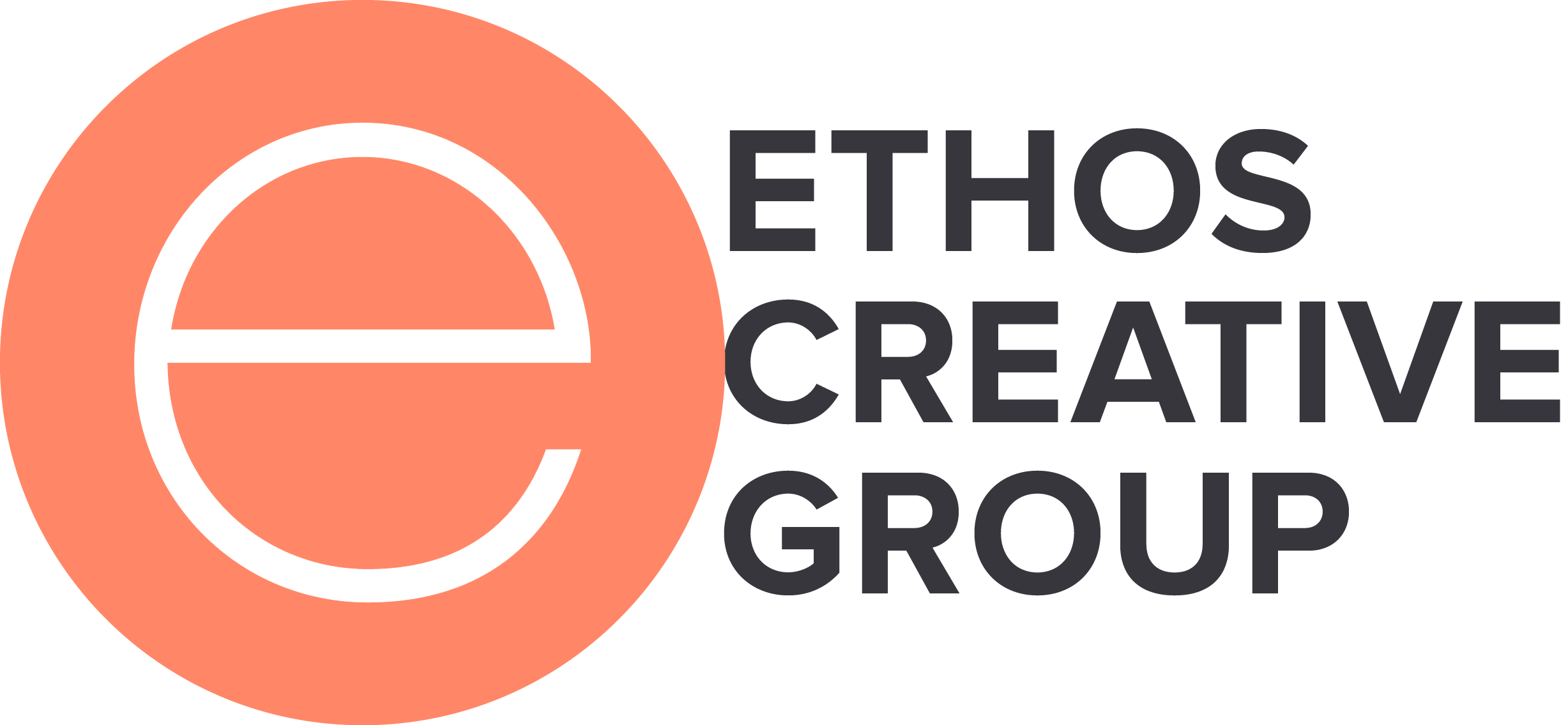
Make your ledes better and grab more attention.
Sometimes those of us who have a background in writing forget that not everyone is savvy to the lingo. Whether we start to drone on about point size or bluelines, kill fees or subheads, there’s a whole vocabulary that exists in the word world that some may not be aware of. Today, we’re gonna delve into “lede” or “lead,” the introductory part of a news story.
An origin story
Newspapers started to emerge around the beginning of the 1600s in Europe. But according to m-w.com, the term didn’t really come into play until the 1970s. Does this mean that news stories in the three hundred-plus years from the advent of newspapers to the 20th century didn’t have a lede? Um, no. Up until the 1970s, most people spelled it “lead.”
The change in spelling, which m-w.com didn’t even officially sanction until 2008, could be an effort to avoid confusion with a part of the Linotype machines (then used in printing newspapers). It was known as a lead and pronounced “led.” Others have speculated that during the same time, Linotype was beginning to be phased out in newsrooms for newer technology, leaving some to conclude that the term lede was born from nostalgia.
Creating better ledes
The conclusion? Both lede and lead are correct. However, like an Oxford comma, the topic can inspire a deep passion in some. Perhaps more importantly for our purposes, let’s turn our attention to whether or not you are crafting ledes that do the best possible job, which is to say they grab the reader’s attention, set the stage for the article’s tone and provide a hint at what is to come. Here are four simple things to think about to craft a killer lede:
-
Set the stage—You want to set a scene and convey that you get your audience in as few words as possible. Skip the obvious questions and strike a definitive tone.
-
Identify your reader—A good lede will focus on what your particular audience cares about, using simple, declarative statements. Skip passive verbs and any qualifying language that makes your lede sound less than confident.
-
Link to your purpose—Is your lede promoting a specific product or brand? What is the goal you are trying to express? The answers to these questions will inform a solid lede. If your language is too general, it’s not connecting to your specific purpose.
-
Grip your audience—Your lede should engage your audience and compel them to learn more. It should tease the remainder of the story, without giving away everything.

